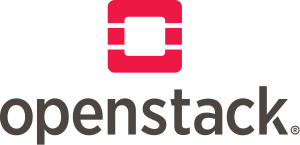
OpenStack is a cloud computing software product that is the leading open source platform for creating cloud infrastructure. Used by hundreds of companies to run public, private and hybrid clouds, OpenStack is the second most popular open source project after the Linux Kernel.
OpenStack is a product of many different projects (currently over 50), written primarily in Python
OpenStack Distributions
There are numerous distributions of OpenStack from leading vendors such as Red Hat, IBM, Canonical, Cisco, SUSE, Oracle and VMware to name a few. Each vendor provides a means of installing and managing an OpenStack cloud and integrates the cloud with a large number of hardware and software products and appliances. Regardless of your preferred host operating system or deployment methodology with ansible, puppet or chef, there is a projector provider to suit your situation.
Evaluating OpenStack
For the software developer or system architect, there are several ways to evaluate the basic features of OpenStack. Free online services such as Mirantis Express and TryStack or production clouds at Rackspace and OVH offer you infrastructure to handle compute, storage, networking, and orchestration features and you can engage with your personal cloud via web and CLI interfaces.
If however, you want to delve behind the UI and API’s to see OpenStack in operation there are simple VM based means using devstack, RDO or Ubuntu OpenStack that can operate a running OpenStack on single VM or multiple VMs. You can follow the OpenStack documentation installation guides which cover openSUSE 13.2, SUSE Linux Enterprise Server 12, Red Hat Enterprise Linux 7, CentOS 7 and Ubuntu 14.04 (LTS) to install OpenStack on a number of physical hardware devices (a minimal configuration is three servers).
These options will introduce you to what *may* be possible with OpenStack personally. This is, however, the very tip of a very large iceberg. Considering a cloud infrastructure for your organization is a much more complex set of decisions about the impact, usefulness, and cost-effectiveness for your organization.

